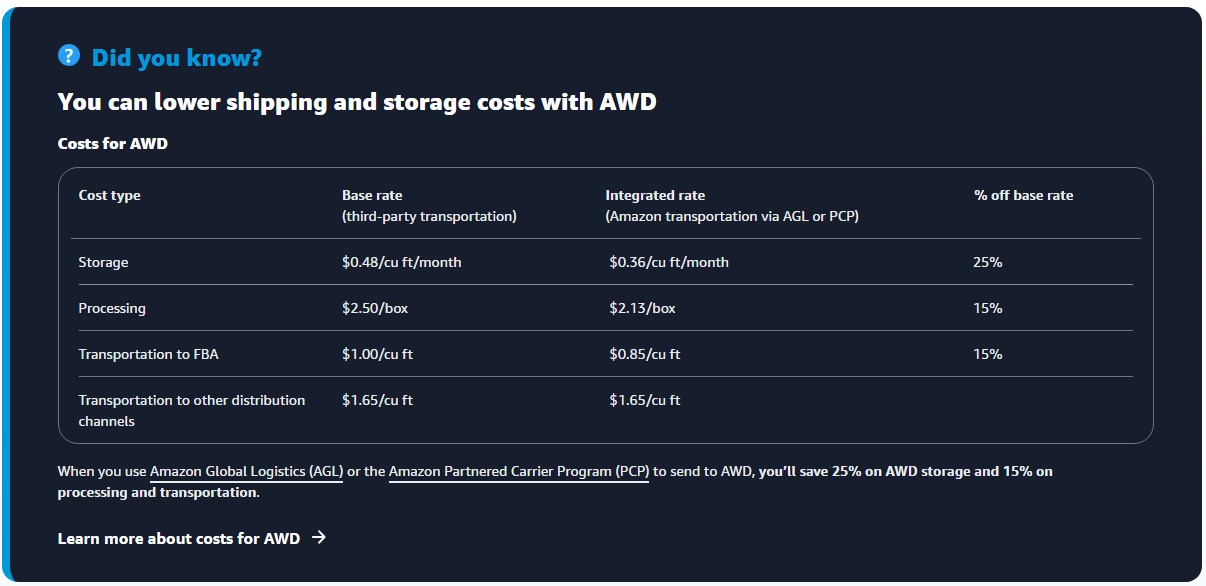How to Avoid Amazon Low Inventory Level Fee with BQool Repricer?

Starting April 2024, merchants whose inventory level falls below 28 days of supply will be charged a low inventory level fee, which has caused concerns for cost conscience sellers. Because the slew of new fees introduced this year, like the placement fees introduced in March, have been eating into Amazon sellers’ profit margin, many are actively looking for ways to avoid these new fees.
As of now, we know the low inventory level fee is tied with “Historical Days of Supply”, this makes inventory management essential in waiving the new fee, however, it is easier said than done. Luckily, BQool’s Conditional Repricer can help sellers to adjust prices to control the sales velocity and subsequently tune their inventory level. We will show you how to take advantage of BQool Repricer to navigate around Amazon’s latest low inventory level fee and learn the best strategy for dealing with the latest fee hike.
What is the “Historical Days of Supply”?
Amazon is cracking down on sellers whose stock dips below 28 days (roughly 4 weeks) of supply, that is why you need to maintain an inventory cushion above that 28-day threshold or be prepared to fork over some extra dough. The lower your days of supply, the higher those pesky fees will soar.
Amazon will only apply the low-inventory-level fee if both the long-term historical days of supply (last 90 days) and short-term historical days of supply (last 30 days) are below 28 days (4 weeks). If the short-term historical days of supply exceeds 28 days but the long-term historical days of supply is below 28 days, the low-inventory-level fee will not be charged.
Here is the aum up of the metrics you need to look at for calculating the Low Inventory Level Fees.
- The Size of the item
- The Weight of the item
- The Historical Days of Supply (Days of supply corresponds to the average number of days that your inventory levels can sustain customer demand by considering past sales data)
- Parent ASIN Metric (Products that shares the same variables such apparel with the different size and colors)

How to Calculate it?
According to Amazon this should be the way you have to calculate the historical Days of supply.
Historical days of supply calculation = Average daily inventory units / Average daily shipped units.
The “Inventory Credit” or the “Temporary Consolation” by Amazon
As April rolled in, Amazon has announced that it will be crediting back” any low-inventory fees charged for units shipped between April 1 and April 30. According to Amazon this transition period of one month is intended to give third-party sellers the time needed to analyze and prepare for the new fee policy. The one-month window allows merchants to assess their current inventory levels, sales patterns, and develop strategies to ensure compliance with the “Historical Days of Supply” calculation.
If you want to learn more about the latest credit for FBA low-inventory-level fees incurred during April 2024 click here Inventory Credit Announcement .
While Amazon’s offer to refund low-inventory fees for one month seems like a gracious gesture, let’s be real, it is a rather meager concession that’s hardly enough to pacify disgruntled third-party sellers.
That’s why we’re urging you to unleash our game changing Conditional Repricer now. It is the powerful tool that you need to conquer Amazon’s new fee challenge with ease. With this secret weapon, you’ll masterfully manage inventory levels and pricing to soar above compliance issues and protect your profits. Don’t just survive – thrive with our Conditional Repricer!
Mastering Price Optimization to Mitigate Low Inventory Fees
We recommend continuously refining your pricing strategy to optimize for low inventory scenarios. As your days of supply dwindles below 30 days, you should aggressively increase minimum selling prices, with additional increases at 14 and 7 days. Specifically, this proactive approach safeguards margins as stock depletes. Specifically, when inventory is 28 days or less, aim for 25-35% profit margins, increasing to 35-45% at 14 days, and 45-60% at 7 days. Finally, we suggest adjusting profit targets based on the age of inventory, increasing them for newer inventory and decreasing them for older inventory.
Higher priced units can sell more frequently than expected. This can occur when competitors run out of stock, leaving your FBA offer as the only option, or when you have repeat customers. Sales may continue at lower volumes until restocked and minimum prices decrease again.
Amazon Warehousing and Distribution
Another solution to cope with Low Inventory Level fee will be taking up Amazon Warehousing and Distribution (AWD) which offers a bulk storage solution for sellers’ inventory. AWD is much more expensive than just controlling your days of supply with BQool conditional repricer but it can handle distribution to Amazon’s store as well as other channels. The pricing for AWD includes FBA inbound placement, so there’s no separate fee for that service. AWD also features an auto-replenishment capability to keep your FBA inventory adequately stocked. Although we would still recommend sticking with BQool conditional repricer, the most effective and affordable way to avoid low inventory level fee.

By leveraging BQool Repricer’s Conditional Repricing feature, sellers can effectively navigate Amazon’s new Low Inventory Level Fee policy and develop proactive strategies to address the recent fee hikes. The “Days of Supply” condition in BQool Repricer allows sellers to automatically adjust minimum prices as inventory levels approach the 28-day threshold, slowing sales velocity and preventing the low inventory fee from being triggered. While alternatives like Amazon Warehousing and Distribution exist, we recommend BQool Repricer that offers a more cost-effective and flexible solution for mitigating low inventory level fees and maximizing profits on limited stock.









